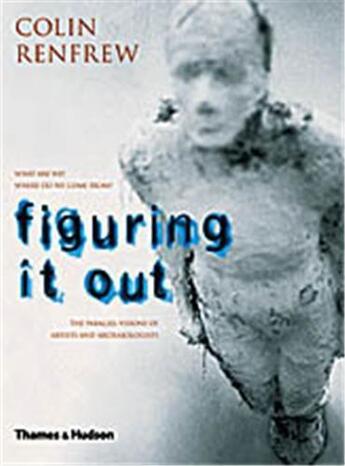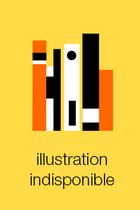Résumé:
Where do we come from? What are we? Where are we going? These questions were posed by Paul Gauguin in a famous canvas painted in Tahiti that heralded the beginning of the modernist era. But they are also the questions asked by modern prehistorians in their quest to reconstruct the human story.... Voir plus
Where do we come from? What are we? Where are we going? These questions were posed by Paul Gauguin in a famous canvas painted in Tahiti that heralded the beginning of the modernist era. But they are also the questions asked by modern prehistorians in their quest to reconstruct the human story. In Figuring It Out, Colin Renfrew investigates the profound convergence between the two disciplines, drawing illuminating parallels between the way the modern artist seeks to understand the world by acting upon it, and the way the archaeologist seeks to understand the world through the material traces of such actions. Professor Renfrew contends that the human condition can only be properly understood through the idea of 'process', of Homo Sapiens active material engagement with their world. Central to his thesis is an exploration of a group of leading contemporary artists, including Richard Long, Mark Dion, Antony Gormley, Eduardo Paolozzi and David Mach, whose works are notable for just such an engagement with their physical surroundings.
Donner votre avis









